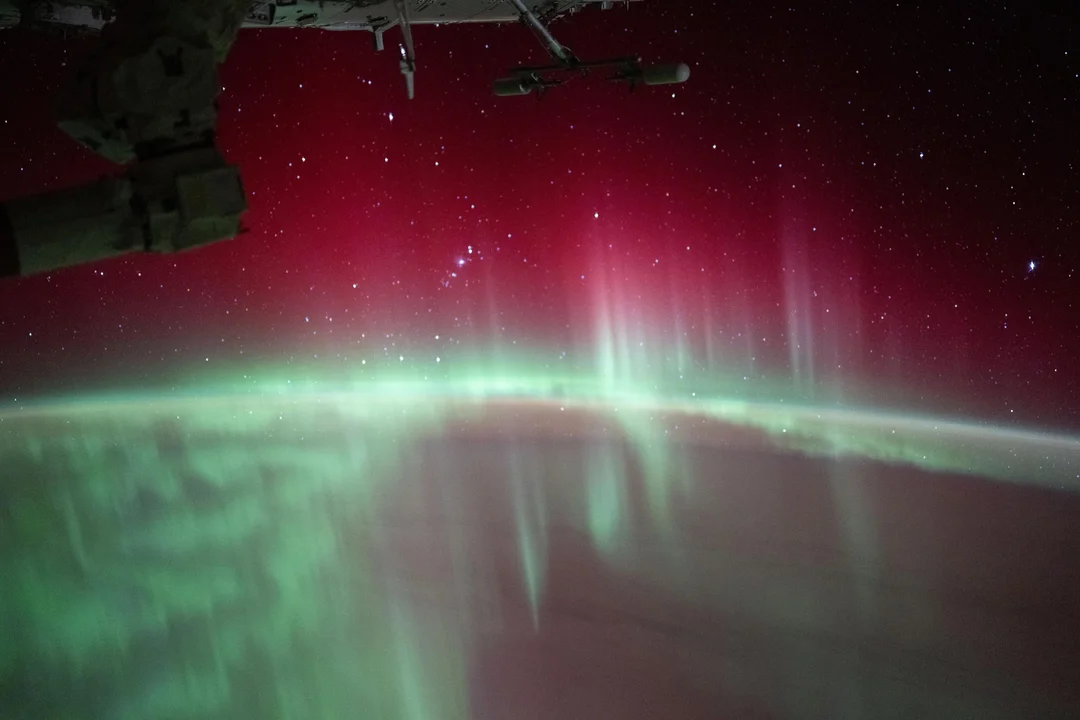
Solar Storms: Are We Ready for the Next Big One? NASA Drill Hijacked by Real-World Space Weather Crisis
Our reliance on technology makes us increasingly vulnerable to solar storms. While scientists are making strides in forecasting, are we truly prepared for a Carrington-level event? Recent events, including a NASA exercise interrupted by a real G5-class geomagnetic storm named the Gannon storm, underscore the challenges and highlight the urgent need for improved space weather monitoring and preparedness.

Forecasting Challenges:
Predicting the severity of solar storms remains a significant challenge. As solar physicist Valentín Martínez Pillet points out, knowing the orientation of the storm's magnetic field (the Bz component) is crucial. A southward Bz interacts strongly with Earth's magnetic field, potentially disrupting satellites, radio signals, power grids, and GPS. However, this critical information often remains unknown until the last moment.
"We need to start predicting what Bz is going to be as soon as the CME has occurred, not when we measure it at L1 [Lagrange 1], where we only have one or two hours' warning," said Valentín Martínez Pillet, director of the Instituto de Astrofísica de Canarias.
Gaps in Monitoring:

Current monitoring relies heavily on spacecraft at Lagrange Point 1 (L1), providing only a short advanced warning. Martínez Pillet suggests that deploying satellites at various Lagrange points, such as L5, L4, and L3, would enable earlier measurements of magnetic structures leaving the sun.
A Wake-Up Call: NASA's Space Weather Tabletop Exercise
A recent space weather "tabletop" exercise highlighted weaknesses in America's preparedness. Conducted by the Space Weather Research and Operations Center (SWORM) and the National Science and Technology Council (NSTC), the exercise simulated a scenario where multiple coronal mass ejections (CMEs) were headed towards Earth. The simulation revealed a lack of communication protocols and insufficient measurements hampered effective decision-making and rescue operations of Artemis 4 mission.
The Gannon Storm: A Real-World Test
Coincidentally, the exercise coincided with the Gannon storm, the most powerful solar storm in 20 years, giving participants a chance to verify many of the problems studied on a smaller, real-time scale. The Gannon storm struck Earth on May 10, 2024, triggering auroras, satellite disruptions, and heating the atmosphere causing orbital chaos to many satellite trajectories.
Impacts on Earth and Beyond:

Solar storms can have widespread effects, including:
- Ground-Level Disruptions: High-voltage lines, transformers overheated, and GPS-guided tractors veered off-course in the Midwestern U.S disrupted planting season.
- Turbulence in the Sky: Trans-Atlantic flights had to change course to avoid higher radiation exposure and potential communication losses.
- Orbital Chaos and Satellite Strain: Atmospheric expansion increased drag on satellites, leading to altitude loss and orbital maneuvers.
- Otherworldly Effects: Solar particles impacted Mars.
Lessons Learned
The Gannon geomagnetic storm and the NASA preparedness exercise have underscored the need for comprehensive strategies, advanced technology, and unified expertise. The key takeaway is the critical need for improved forecasting, better monitoring, and enhanced communication protocols to minimize risks.
The Future of Space Weather Monitoring:
ESA's Vigil, to launch in 2031, will sit at Lagrange Point 5 (L5), providing a unique sideways view of the sun-Earth line. From there, it will monitor solar eruptions, detect their shape, speed, and magnetic orientation, giving scientists a week's heads-up on what is heading to Earth.
Are we doing enough to prepare for the next major solar storm? Will these advancements be enough to mitigate the potential damages a larger event could inflict on our increasingly interconnected world? Share your thoughts in the comments below.